Overclocking Computers with Intel Pentium 4 (Northwood)
Overclocking Computers with Intel Pentium 4 (Northwood)
Intel Pentium 4 processors based on the Northwood core are manufactured according to 0.13-micrometer technology. They are based on the Intel NetBurst microarchitecture, which uses the Quad Pumped Bus as the FSB. The system bus can operate at 400 MHz, 533 MHz, and 800 MHz. These processors have 512 KB of L2 cache memory.
Northwood-based Pentium 4 processors are implemented according to the FC-PGA form factor, providing for Socket 478 slots.
Computer with Pentium 4 2.2 GHz
System Configuration
-
Processor — Intel Pentium 4 2.2 GHz (Northwood core, 512 KB L2 cache, CPU core frequency operation, nominal processor-bus frequency of 100 MHz that ensures a data-transfer rate of 400 MHz, 1.5 V core supply, Socket 478, SL5YS, made in Malaysia)
-
Motherboard — Shuttle AV40 (VIA P4X266 chipset)
-
Hard disk — IBM DPTA-372050 (20 GB, 2 MB cache memory, Ultra DMA/66)
-
RAM — 256 MB, DDR266
-
Video adapter — Asus GeForce2
-
CD-ROM drive — Asus CD-S400/A (40x)
-
Operating system — Windows 2000 Server, Service Pack 2
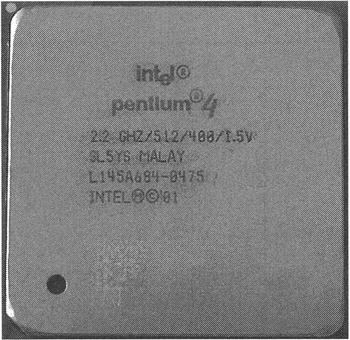
Figure 18.40: Pentium 4 2.2 GHz processor
Establishing Overclocking Modes
The overclocking modes were set by increasing the processor-bus frequency.
Testing the System
The WinBench 99 v1.1 test package (CPUmark 99) and the 3DMark2000 and Video 2000 tests were used. Test results are presented in Tables 18.22 and 18.23 and in Figs. 18.41–18.43.
|
FSB frequency (MHz) |
CPU frequency (MHz) |
3DMark2000 rating |
CPUmark 99 rating |
|---|---|---|---|
|
100 |
2,200 = 100 × 22 |
9,346 |
145 |
|
110 |
2,618 = 110 × 22 |
9,568 |
156 |
|
CPU frequency (MHz) |
2,200 = 100 × 22 |
2,618 = 110 × 22 |
||
|
Video 2000 (800 × 600 × 32) |
1,078 |
1,120 |
||
|
Date-transfer rate (MB/sec) |
Non-local → local video memory |
610.4 |
662.2 |
|
|
Local → non-local video memory |
14.0 |
15.0 |
||
|
Video memory → system memory |
57.0 |
61.6 |
||
|
System memory → video memory |
474.0 |
528.4 |
||
|
MPEG2 encoding (frames per second) |
52.73 |
56.72 |
||
|
MPEG2 decoding (% of processor workload) |
3 Mbits/sec |
15.42 |
12.70 |
|
|
6 Mbits/sec |
20.88 |
18.80 |
||
|
9 Mbits/sec |
28.88 |
22.56 |
||
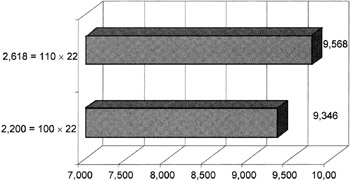
Figure 18.41: Pentium 4 2.2 GHz test results (3DMark2000)
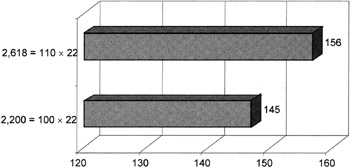
Figure 18.42: Pentium 4 2.2 GHz test results (CPUmark 99)
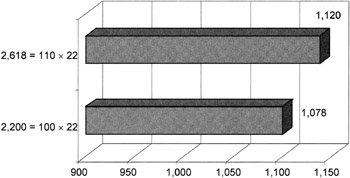
Figure 18.43: Pentium 4 2.2 GHz test results (Video 2000)
Computer with Pentium 4 3.0 GHz
System Configuration
-
Processor — Intel Pentium 4 3.0 GHz with hyperthreading technology (Northwood core, 512 KB L2 cache, processor frequency operation, nominal processor-bus frequency of 100 MHz that ensures a data-transfer rate of 400 MHz, 1.55 V core supply, Socket 478)
-
Motherboard — Intel D875PBZ (Intel 875 chipset)
-
Hard disk — IBM 180GXP (120 GB, 2 MB cache memory, Ultra DMA/100)
-
RAM — 2x256 MB, DDR400, Kingmax
-
Video adapter — Abit GeForce4 Ti4200, Outside Thermal Exhaust System (OTES), 128 MB, AGP 8x
-
CD-ROM drive — Asus CD-S400/A (40x)
-
Operating system — Windows XP, Service Pack 1
Pentium 4 3.0 GHz with hyperthreading technology is supplied with a powerful, high-tech cooler (Fig. 18.44). Testing has showed that for office applications, which do not consume much resources, it is possible to use the standard cooler of earlier Pentium 4 models. However, the processor will heat significantly even when performing routine tasks, such as checking for viruses.
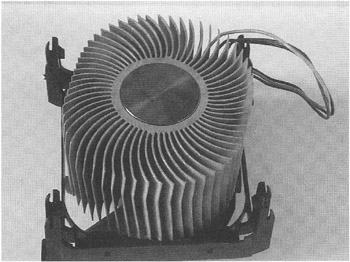
Figure 18.44: Cooler for Pentium 4 3.0 GHz with hyperthreading technology (underside view)
Establishing Overclocking Modes
For a long time, Intel did not provide motherboard functionality that would allow PC users to set the overclocking modes for processors. By now, the manufacturer has released motherboards that allow the processor frequency to be raised 4% and the frequencies of the PCI and AGP buses to be increased.
The overclocking mode was set in BIOS Setup by increasing the processor-bus frequency 4%. Parameters of the overclocked processor are shown in Fig. 18.45.
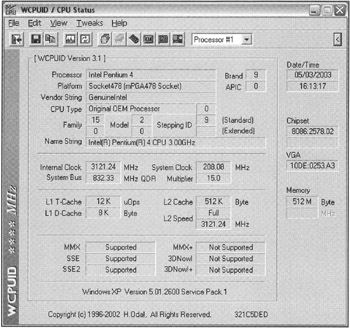
Figure 18.45: Parameters for Pentium 4 3.0 GHz with hyperthreading technology (WCPUID)
Testing the System
The following programs were used for testing: CPUmark 99, 3DMark2001 SE Pro, and the SiSoftware Sandra 2003 memory bandwidth benchmark. Test results are presented in Table 18.24 and in Figs. 18.46–18.48.
|
FSB frequency (MHz) |
CPU frequency (MHz) |
CPUmark 99 rating |
3DMark2001 SE Pro rating |
SiSoftware Sandra benchmark |
|---|---|---|---|---|
|
100 |
3,000 = 200 × 15 |
202 |
12,454 |
4,774 |
|
104 |
3,120 = 208 × 15 |
211 |
12,839 |
5,004 |
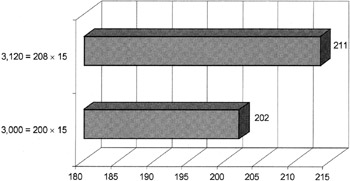
Figure 18.46: Pentium 4 3.0 GHz test results (CPUmark 99)
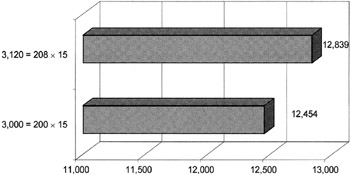
Figure 18.47: Pentium 4 3.0 GHz test results (3DMark2001 SE Pro)
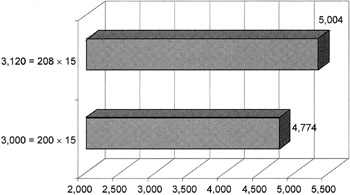
Figure 18.48: Pentium 4 3.0 GHz test results (SiSoftware Sandra memory bandwidth benchmark)






